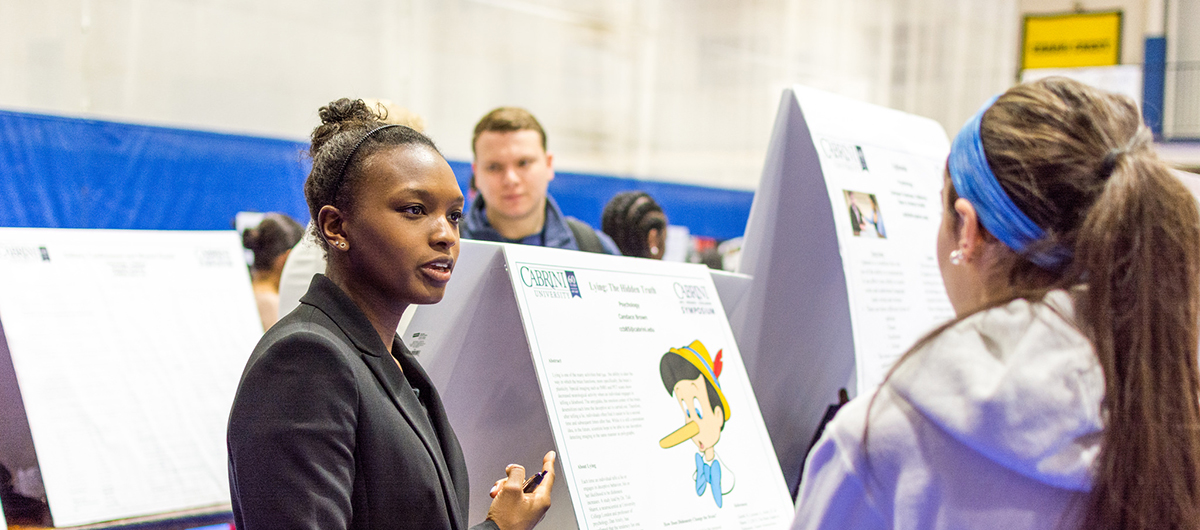Exempt Review
Background
To qualify for review at the exempt level, the research must not be involve very minimal or no risk* and must fall into one or more of the exempt categories described below. Exempt reviews are conducted by at least one reviewer.
*Minimal risk is defined by the federal regulations as the probability and magnitude of physical or psychological harm that is normally encountered in the daily lives, or in the routine medical, dental, or psychological examination of healthy persons.
Projects will not be given Exempt status if they include any degree of deception, involve more than very minimal risk to participants, involve sensitive information, or include protected classes or vulnerable populations. Please note that researchers must always engage in practices that ensure privacy and that minimize the risks to participants, regardless of the level of review. All of the rights and protections afforded to human subjects in research are required in Exempt status cases.
Exempt categories in detail
Category 1—Education research
Research conducted in established or commonly accepted educational settings, involving normal educational practices that are not likely to adversely impact students’ opportunity to learn or assessment of educators.
Please note: if the research involves participants younger than age 18 we will require full board review.
Examples:
- Evaluating the use of standardized tests
- Examining teacher responses to a program or instructional strategy
- A program evaluation of continuing education
Category 2—Surveys, interviews, educational tests, public observations
Research involving the use of educational tests (cognitive, diagnostic, aptitude, achievement), survey procedures, interview procedures or observation of public behavior and:
- Recorded information cannot readily identify the subject (directly or indirectly/linked) OR
- Any disclosure of responses outside of the research would NOT reasonably place subject at risk (criminal, civil liability, financial, employability, educational advancement, reputation)
Examples:
- Surveying teachers, nurses, or doctors about a technique or an outcome
- Interviewing managers about a management style or best practice
- Conducting a focus group about an experience or an opinion of a community program
Category 3—Research involving Benign Behavioral Interventions
Research involving Benign Behavioral Interventions through verbal, written responses, (including data entry or audiovisual recording) from adult subjects who prospectively agrees and ONE of following met:
- Recorded information cannot readily identify the subject (directly or indirectly/linked) OR
- Any disclosure of responses outside of the research would NOT reasonably place subject at risk (criminal, civil liability, financial, employability, educational advancement, reputation)
Examples:
- Solving puzzles under various noise conditions
- Playing an economic game
- Being exposed to stimuli such as color, light or sound (at safe levels)
- Performing cognitive tasks
For the purpose of this provision, benign behavioral interventions are brief in duration, harmless, painless, not physically invasive, not likely to have a significant adverse lasting impact on the subjects, and the investigator has no reason to think the subjects will find the interventions offensive or embarrassing.
Category 4—Secondary Research Uses of Identifiable Private Information or Identifiable Biospecimens
Secondary research with identifiable Information/specimens collected for some other initial activity, if ONE of following:
- Biospecimens or information is publically available
- Information recorded so subject cannot readily be identified (directly or indirectly/linked); investigator does not contact subjects and will not re-identify the subjects
- Collection and analysis involving Investigators Use of identifiable health information when use is regulated by HIPAA “health care operations” or “research” or “public health activities and purposes”
- Research information collected by or on behalf of federal government using government generated or collected information obtained for non-research activities
Example:
- Analyzing existing tissue samples or data set which are recorded by the investigator without identifiers
Category 5—Federal research or demonstration projects
Research and demonstration projects supported by a Federal Agency/Dept. AND designed to study, public benefit or service programs.
Federal agencies must publish a list of projects covered by this exemption prior to research commencing
Category 6—Taste and food quality evaluation studies
Taste and food quality evaluation and consumer acceptance studies,
- if wholesome foods without additives are consumed OR
- if a food is consumed that contains a food ingredient at or below the level and for a use found to be safe, or agricultural chemical or environmental contaminant at or below the level found to be safe, by the Food and Drug Administration or approved by the Environmental Protection Agency or the Food Safety and Inspection Service of the U.S. Department of Agriculture.
Research that doesn’t fit an Exempt Category
What if a research activity does not fall into one of the exempt categories?
The research is probably not exempt and must be submitted for Expedited or Full Board review.
